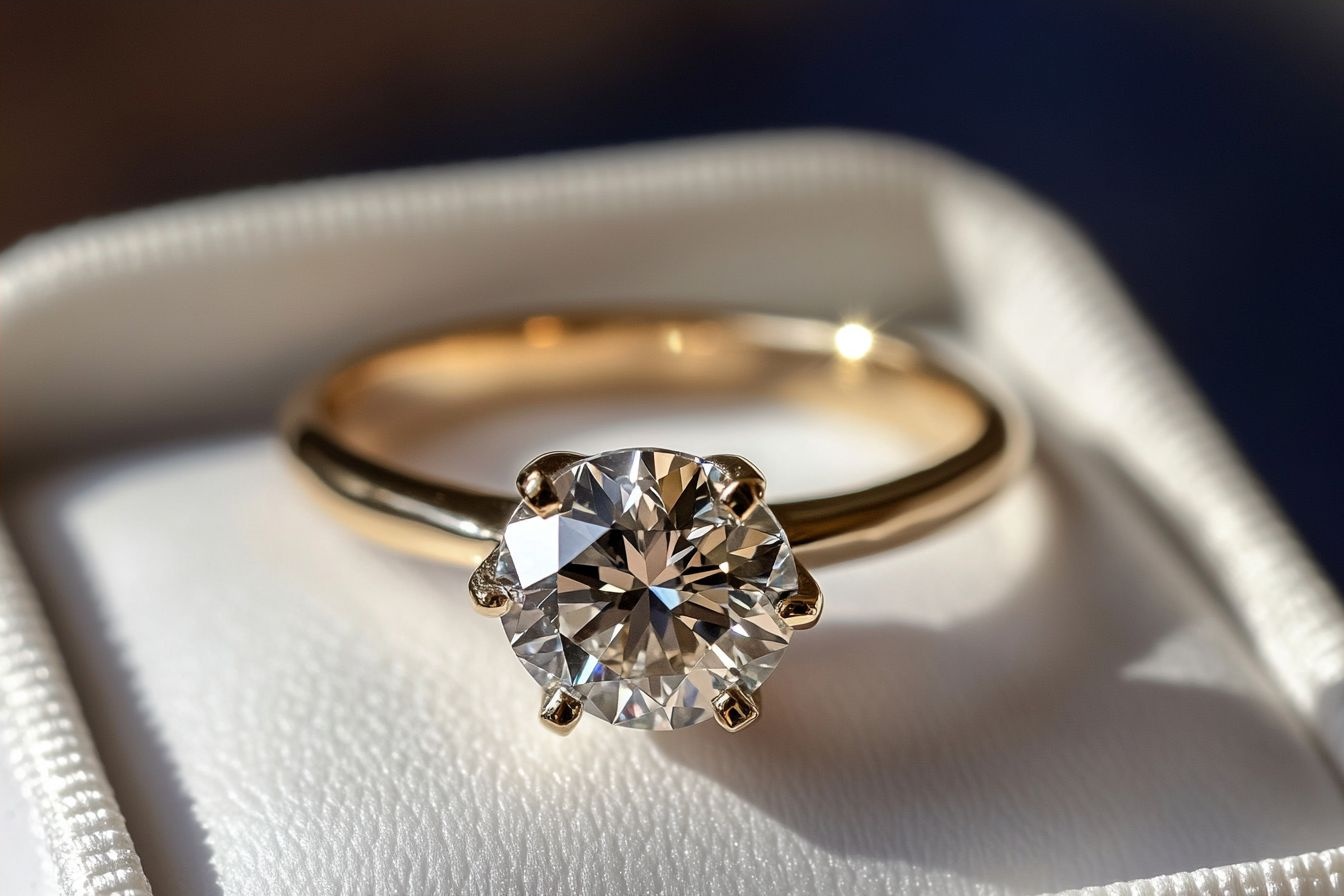Discover Beautiful Lab Grown Diamond Rings at Affordable Prices
The allure of diamond rings has captivated hearts for generations, symbolizing love, commitment, and timeless beauty. However, the high cost of natural diamonds has often put these precious gems out of reach for many. Enter lab grown diamonds – a revolutionary alternative that offers the same sparkle and elegance at a fraction of the price. This article explores the world of affordable lab grown diamond rings, their benefits, and how you can find the perfect piece to suit your style and budget.

What are lab grown diamonds and how do they compare to natural diamonds?
Lab grown diamonds, also known as synthetic or cultured diamonds, are created in controlled laboratory environments using advanced technological processes that replicate the natural diamond formation. These diamonds possess the same physical, chemical, and optical properties as their natural counterparts, making them virtually indistinguishable to the naked eye. The key difference lies in their origin and price point, with lab grown diamonds typically costing 30-40% less than natural diamonds of similar quality.
Why are lab grown diamond rings becoming increasingly popular?
The rising popularity of lab grown diamond rings can be attributed to several factors. Firstly, their affordability allows more people to own high-quality diamond jewelry without breaking the bank. Additionally, lab grown diamonds offer ethical and environmental advantages, as they don’t require mining and have a smaller carbon footprint. Many consumers also appreciate the transparency in the production process, knowing exactly where their diamond comes from and how it was created.
What factors influence lab grown diamond ring prices?
Several factors contribute to the pricing of lab grown diamond rings. The most significant factors include:
-
Carat weight: Larger diamonds generally cost more.
-
Cut quality: A well-cut diamond reflects light better and appears more brilliant.
-
Clarity: Fewer inclusions and blemishes result in a higher price.
-
Color: Colorless diamonds are typically more valuable than those with a yellow or brown tint.
-
Setting material: The type of metal used for the ring setting affects the overall price.
Understanding these factors can help you make informed decisions when shopping for lab grown diamond rings.
How can you ensure you’re getting a high-quality lab grown diamond ring?
To ensure you’re purchasing a high-quality lab grown diamond ring, consider the following tips:
-
Look for certification from reputable gemological laboratories such as IGI or GIA.
-
Examine the diamond’s cut, clarity, and color grades.
-
Ask about the diamond’s growth method (HPHT or CVD) and any post-growth treatments.
-
Purchase from trusted retailers with positive customer reviews and clear return policies.
-
Compare prices across different sellers to ensure you’re getting a fair deal.
By following these guidelines, you can confidently select a beautiful and valuable lab grown diamond ring.
What are some popular styles of affordable lab grown diamond rings?
Lab grown diamonds offer the same versatility as natural diamonds when it comes to ring styles. Some popular and affordable options include:
-
Solitaire rings: Classic and timeless, featuring a single diamond.
-
Halo rings: A center stone surrounded by smaller diamonds for added sparkle.
-
Three-stone rings: Symbolizing past, present, and future.
-
Pavé bands: Small diamonds set closely together for a continuous sparkle.
-
Vintage-inspired designs: Intricate details and unique settings reminiscent of bygone eras.
These styles can be customized to fit various budgets and preferences, making lab grown diamond rings accessible to a wide range of consumers.
How do lab grown diamond ring prices compare to natural diamond rings?
Lab grown diamond rings offer significant cost savings compared to natural diamond rings of similar quality. To illustrate this, let’s compare some popular ring styles:
| Ring Style | Lab Grown Diamond | Natural Diamond | Estimated Savings |
|---|---|---|---|
| 1 Carat Solitaire | $2,000 - $3,500 | $4,000 - $6,000 | 40-50% |
| 1.5 Carat Halo | $3,500 - $5,000 | $7,000 - $10,000 | 45-55% |
| 2 Carat Three-Stone | $5,000 - $7,500 | $12,000 - $18,000 | 55-65% |
| 1 Carat Pavé Band | $2,500 - $4,000 | $5,000 - $8,000 | 45-55% |
| Vintage-Inspired (0.75 Carat Center) | $1,800 - $3,000 | $3,500 - $5,500 | 40-50% |
Prices, rates, or cost estimates mentioned in this article are based on the latest available information but may change over time. Independent research is advised before making financial decisions.
As demonstrated in the table above, lab grown diamond rings offer substantial savings across various styles and carat weights. This price difference allows consumers to either save money or opt for a larger or higher-quality diamond within their budget.
In conclusion, lab grown diamond rings present an exciting opportunity for those seeking beautiful, high-quality diamond jewelry at more affordable prices. With their ethical production, identical physical properties to natural diamonds, and wide range of styles, lab grown diamonds are revolutionizing the jewelry industry. By understanding the factors that influence pricing and following best practices for selection, you can find the perfect lab grown diamond ring that combines elegance, affordability, and personal significance.




